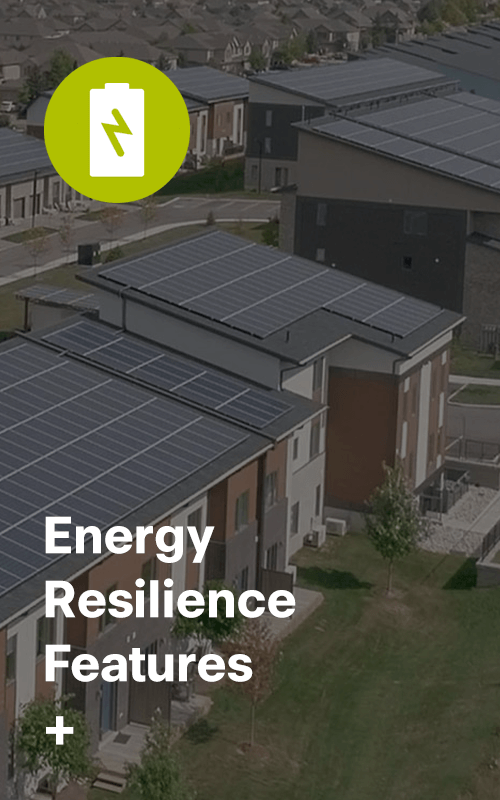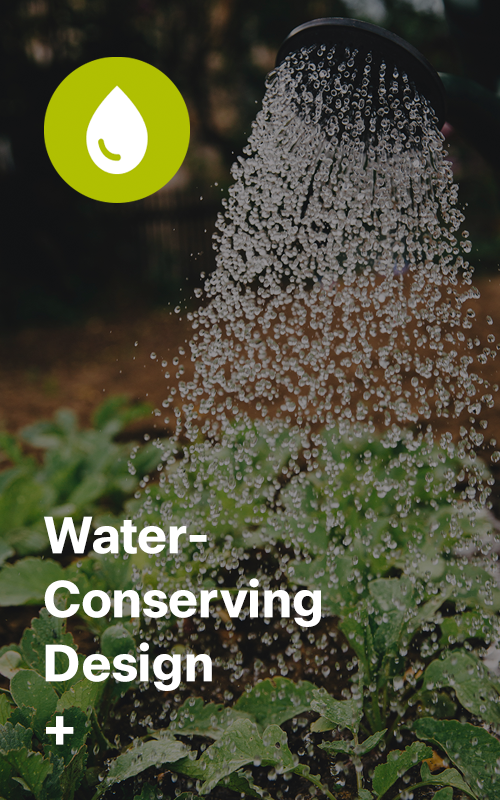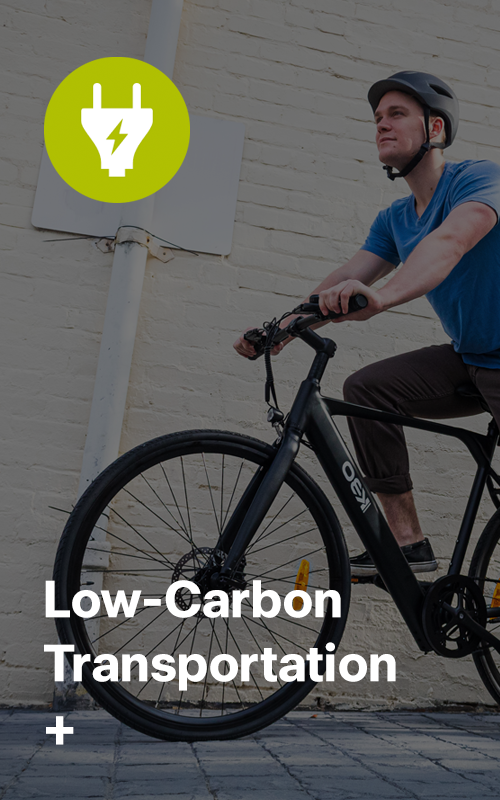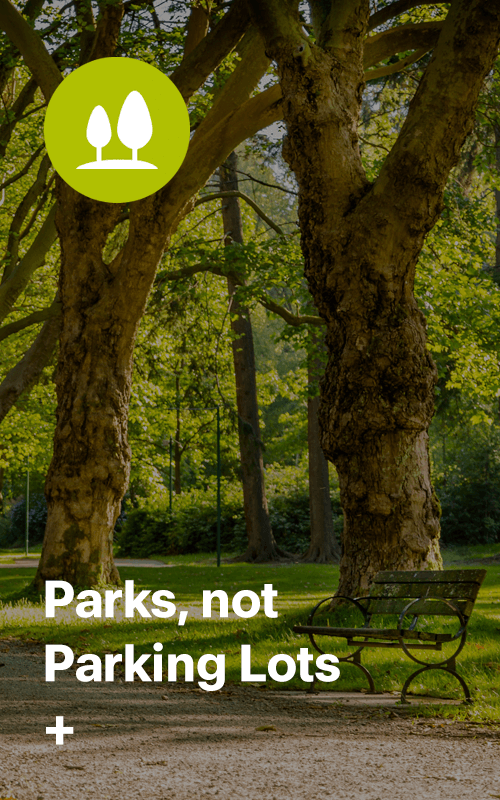Minimal Agricultural Displacement
![]()
Minimal Agricultural Displacement
![]()
Minimal Agricultural Displacement
We aim to restore disturbed land, creating new urban assets with minimal disruption of foodland and natural habitats.

It all begins with land selection. We seek large parcels of land, typically in an urban environment to minimize sprawl and automobile-dependency. Disturbed land is ideal for us — sites that have a built history but need renewal.
This shifts what might even be perceived as a liability into an asset. This principle of site selection alleviates the need for displacing productive foodland or natural habitats.
Renewal sites are rarely without some “hair” as we say. We don’t look for perfection — we look for opportunities to create value.
If the geotechnical characteristics of some land makes it especially carbon-intensive to develop with conventional construction techniques, there we might model lighter structures using recent innovations in construction materials and techniques.
Maybe there’s a noise problem. Perhaps it’s one we can mitigate with the way we use materials and mass structures on the property. Science and technology offer new options for rejuvenating sites into vibrant, sustainable communities. We look for overlooked value.

Emerging science and technology offer exciting new options for rejuvenating sites into vibrant, sustainable communities.

Principles for Sustainable Communities

Distributed energy systems powered by renewable energy sources can supply communities and feed energy back to a centralized grid to meet peak needs.

The use and efficiency of one of our most precious resources, water, is given careful attention in our 7-Gen Communities.

Our innovative approach to reducing embodied carbon is a key aspect of building sustainable communities.

Designing sustainable transportation options to reduce the carbon footprint of communities.

Innovations such as carousel parking within sustainable communities allows for the use of park-like green spaces where parking lots once dominated.

Building sustainable communities using renewable energy sources and green building methods for low operational carbon impacts.

We aim to restore disturbed land, creating new urban assets with minimal disruption of foodland and natural habitats.
